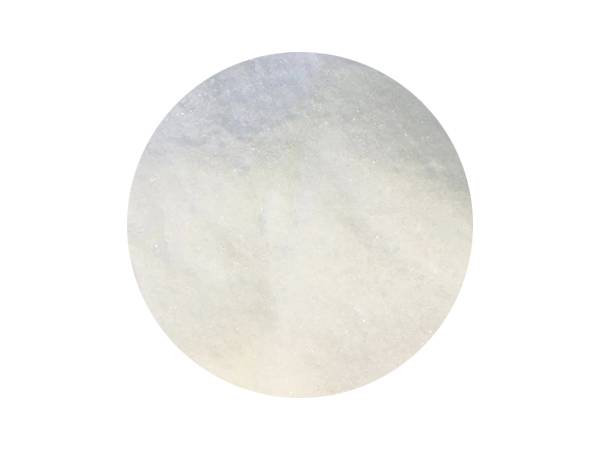



chemical softening of water
Chemical Softening of Water An Overview
Water is an essential resource for life, and its quality directly impacts both human health and various industrial processes. One of the major challenges encountered in water treatment is hardness, which is primarily caused by the presence of dissolved calcium and magnesium ions. Hard water can lead to scale formation in plumbing systems, reduce the effectiveness of soaps and detergents, and interfere with industrial operations. Therefore, chemical softening of water has become a crucial process in water treatment facilities as well as in many residential and commercial settings.
Understanding Water Hardness
Water hardness is generally classified into two categories temporary and permanent hardness. Temporary hardness is mainly caused by dissolved bicarbonate minerals, which can be removed by boiling the water. On the other hand, permanent hardness, which is caused by sulfate and chloride compounds of calcium and magnesium, requires more advanced treatment techniques for removal.
Why Softening Water is Important
Softening water is important for several reasons. It enhances the effectiveness of soaps and detergents, which can be particularly beneficial for households and industries requiring clean and spot-free surfaces. In industrial contexts, softened water minimizes scaling in boilers and cooling towers, promotes efficient heat exchange, and significantly reduces maintenance costs. Moreover, softened water extends the lifespan of plumbing systems and appliances, contributing to long-term savings.
Chemical Softening Techniques
Chemical softening is an effective method for reducing water hardness through various chemical reactions that precipitate calcium and magnesium ions. The most common methods of chemical softening include
1. Lime Softening This process involves the addition of lime (calcium hydroxide) to water, which increases the pH and causes calcium carbonate to precipitate. This method is particularly effective for reducing both temporary and permanent hardness. An important advantage of lime softening is that it promotes the removal of some heavy metals, such as lead and copper, thereby improving overall water quality.
chemical softening of water

2. Soda Ash Softening Soda ash (sodium carbonate) can be used in conjunction with lime softening. The addition of soda ash reacts with calcium and magnesium ions to form insoluble precipitates, which can then be removed through sedimentation or filtration. This method is particularly useful when high levels of magnesium are present in the water.
3. Ion Exchange In this method, hard water passes through a resin that exchanges calcium and magnesium ions for sodium ions. This process is effective in producing water with very low hardness levels. Ion exchange systems are commonly used in domestic water softeners, and they can be regenerated with salt, making them a convenient option for residential use.
4. Chelation Chelating agents, such as EDTA (ethylene diamine tetraacetic acid), can be used to bind calcium and magnesium ions, preventing them from forming scales. This approach is particularly useful in applications where precise control over water hardness is necessary, such as in laboratories or specialized industrial processes.
Environmental Impact and Considerations
While chemical softening is effective for reducing water hardness, it is important to consider its environmental impact. For instance, the discharge of softened water can alter the ionic composition of receiving water bodies, potentially affecting aquatic life. Additionally, the sludge generated during the softening process must be properly managed to avoid further environmental issues.
Advancements in technology are focusing on minimizing these impacts, exploring alternative methods such as membrane filtration and biomimetic systems, which may eliminate some of the drawbacks associated with traditional chemical softening.
Conclusion
Chemical softening of water is a vital process in both residential and industrial contexts, addressing the challenges posed by hard water and ensuring the efficient use of water resources. As technology continuously evolves, the future of water softening will likely emphasize not only effectiveness but also sustainability, accommodating the growing demand for high-quality water while minimizing environmental implications. By understanding and applying these chemical processes responsibly, we can take significant steps toward better water management and conservation.
-
Why Sodium Persulfate Is Everywhere NowNewsJul.07,2025
-
Why Polyacrylamide Is in High DemandNewsJul.07,2025
-
Understanding Paint Chemicals and Their ApplicationsNewsJul.07,2025
-
Smart Use Of Mining ChemicalsNewsJul.07,2025
-
Practical Uses of Potassium MonopersulfateNewsJul.07,2025
-
Agrochemicals In Real FarmingNewsJul.07,2025
-
Sodium Chlorite Hot UsesNewsJul.01,2025










